Very good condition, some slight erasure of gilding.
Meiji period (1868-1912).
Dimensions: Diam. 25.5 cm, depth 4.5 cm approximately
Satsuma earthenware is a type of Japanese ceramic that appeared in the 16th century in the Satsuma region, south of Kyūshū. It is distinguished by its slightly cracked ivory glaze and its rich decorations in polychrome and gilded enamels, particularly prized for export after the Universal Exhibition of 1867 in Paris.
The pieces produced are often decorated with traditional scenes or floral motifs. During the Meiji period (1868-1912), Satsuma earthenware reached its peak with elaborately hand-painted creations intended for the Western market.


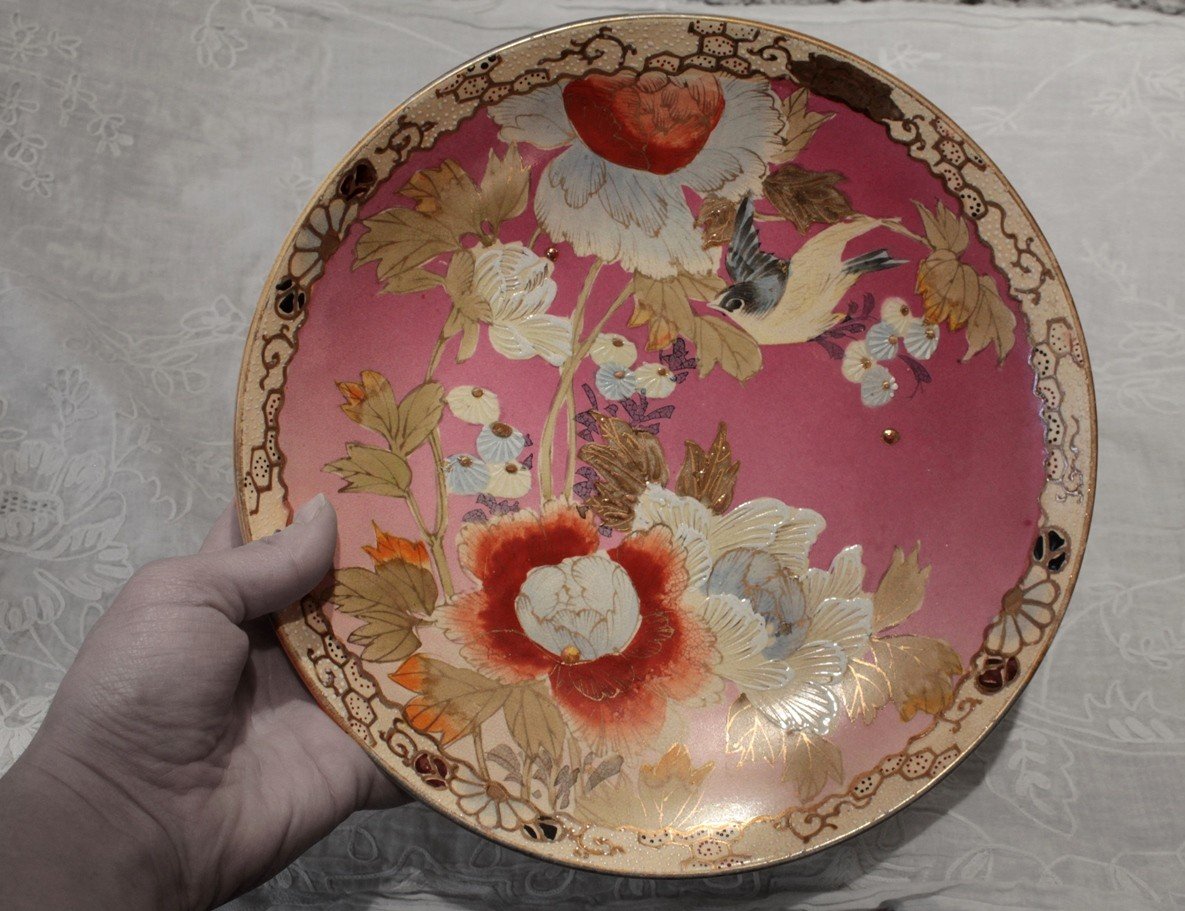

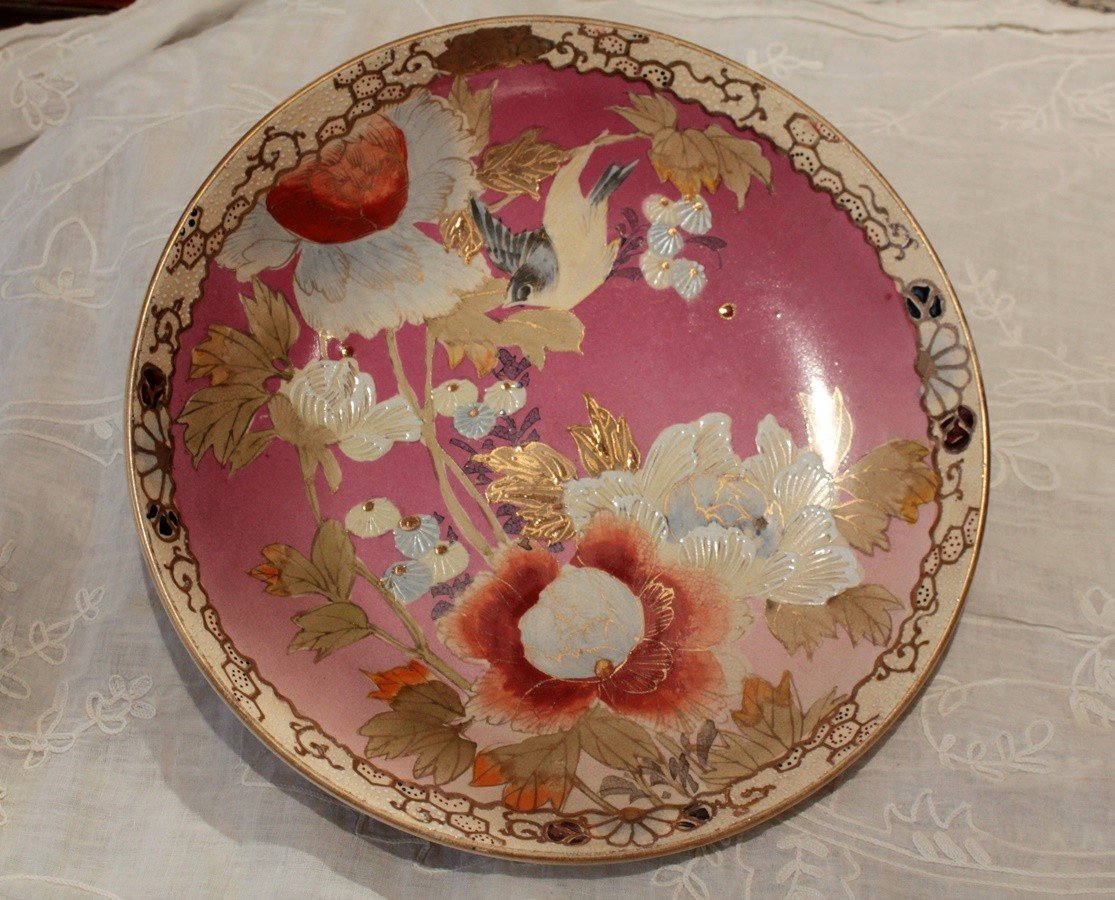




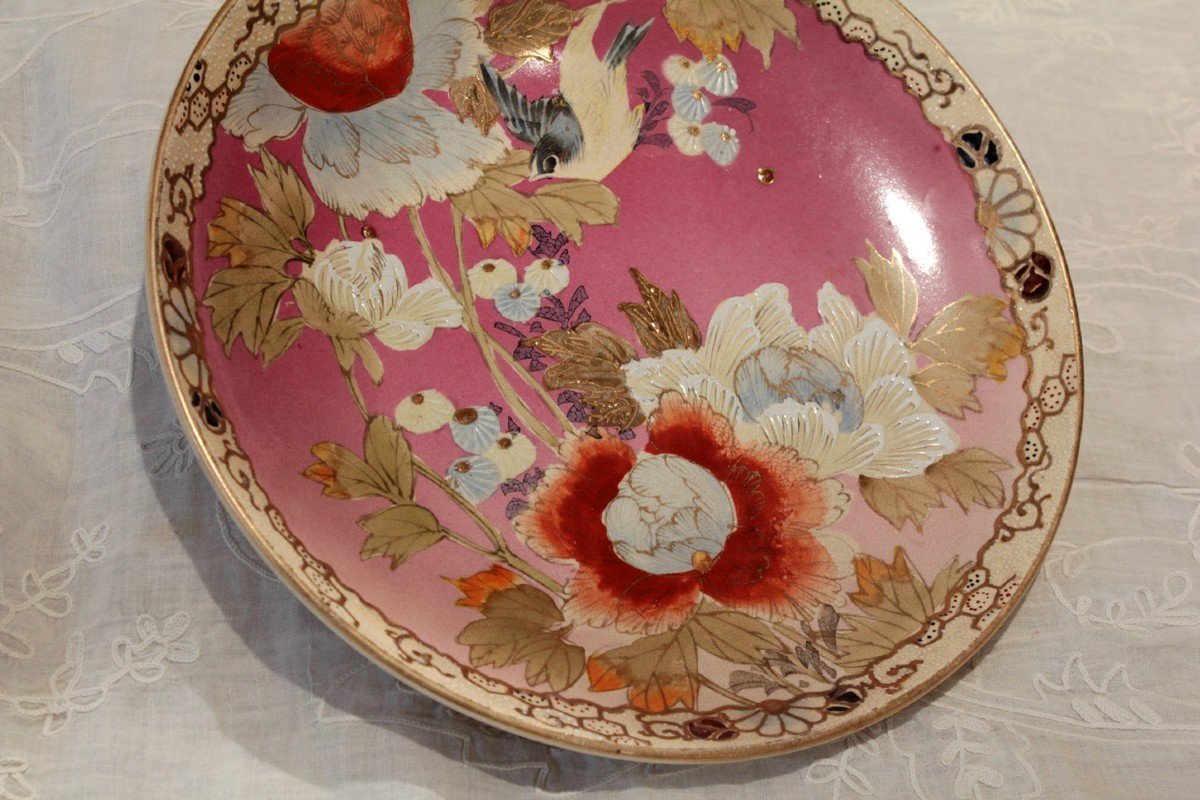
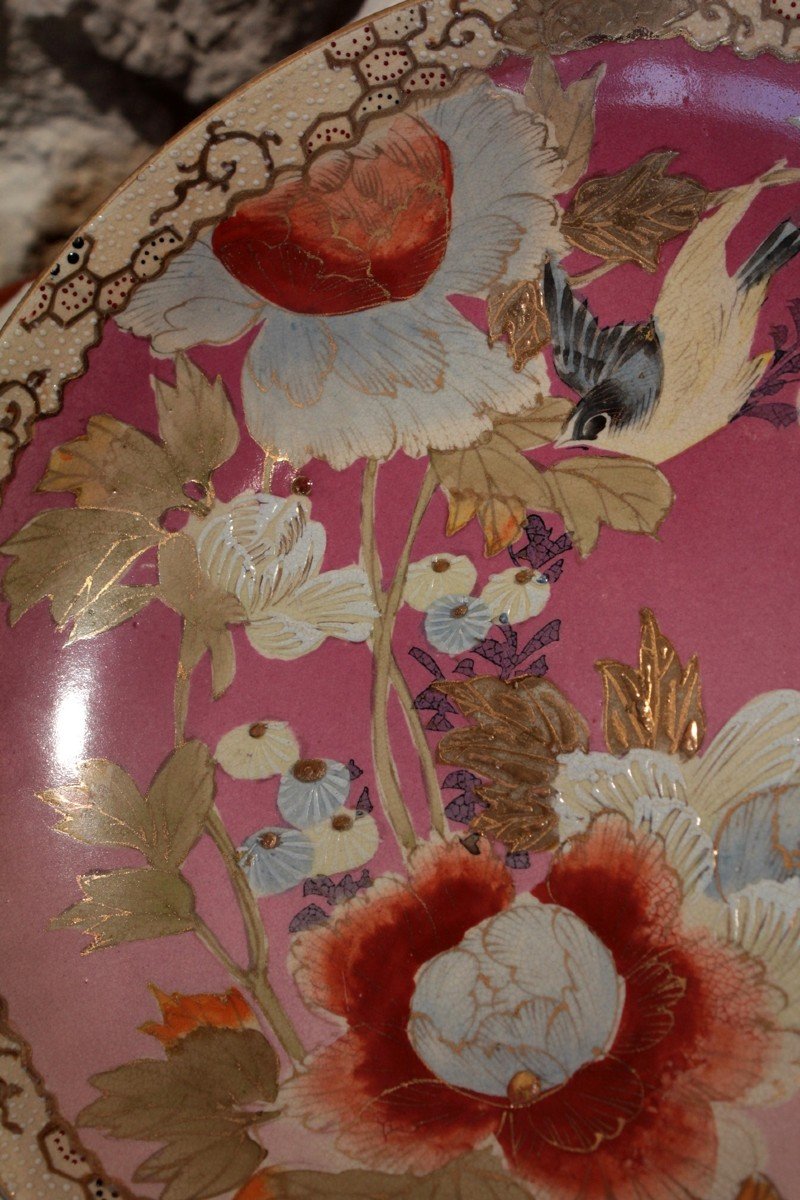















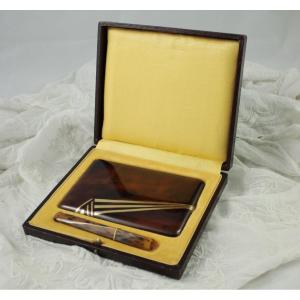
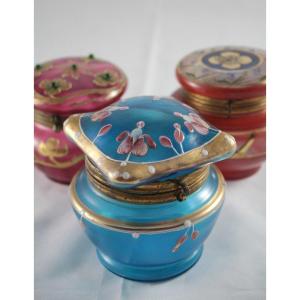












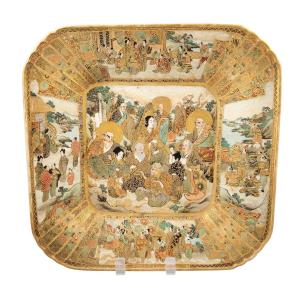

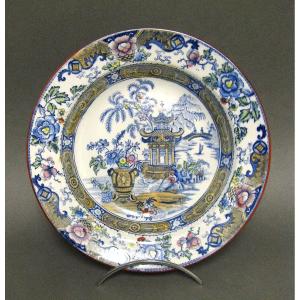
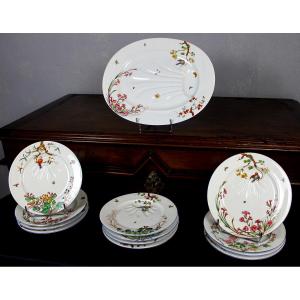
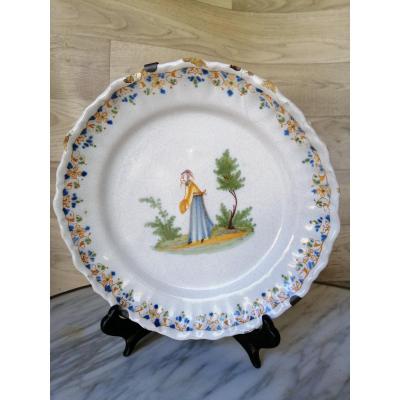



 Le Magazine de PROANTIC
Le Magazine de PROANTIC TRÉSORS Magazine
TRÉSORS Magazine Rivista Artiquariato
Rivista Artiquariato